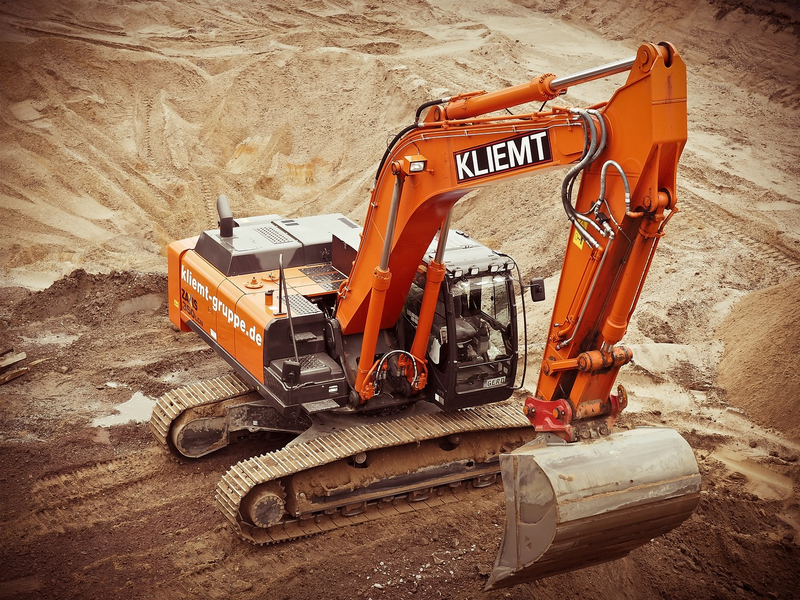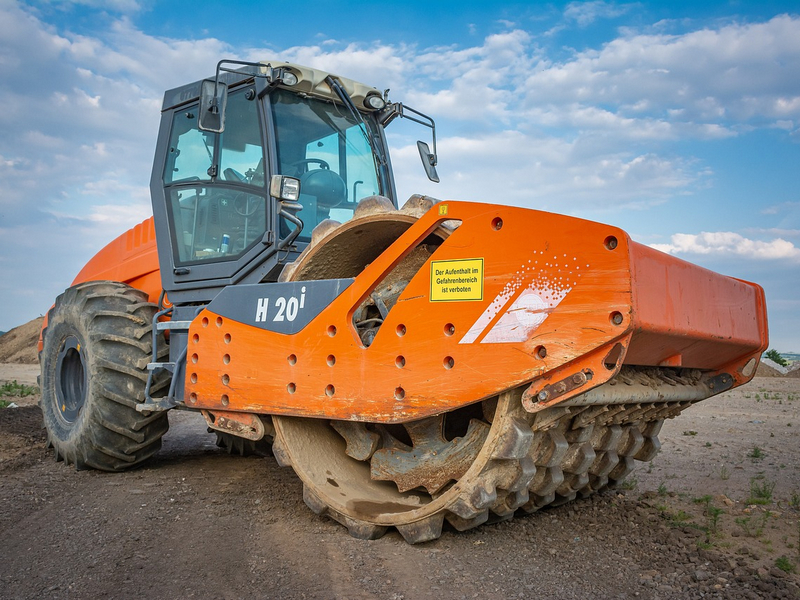Construction machinery generates heat during operation, and its main sources of heat generation include the frictional heat of the diesel engine combustion system. The hydraulic transmission and other transmission systems, and the heat converted from the pressure energy generated by the flow of hydraulic oil within the hydraulic system. In specific environments, such as places with strong solar radiation, the effect of solar radiation heat also needs to be considered. Among them, the waste heat of diesel fuel combustion accounts for the largest share of 74%, the frictional heat of hydraulic transmission and other transmission systems accounts for 24%, and solar radiation heat accounts for 2%.
In order to maintain a stable operating condition, construction machinery is equipped with a heat dissipation source that drives a cooling medium through a cooling device to absorb and dissipate the waste heat generated. The key components of the heat dissipation source include the cooling medium (e.g., cooling water, hydraulic oil, etc.) and the cooling device (e.g., fan, water pump, etc.).

The state of heat balance in construction machinery is critical to its operational reliability, environmental friendliness and efficiency. When heat generation and heat dissipation are optimally balanced, construction machinery will be in an efficient, energy-saving and environmentally friendly operating state. Optimal heat balance parameters include diesel engine water temperature of 75-95°C, hydraulic oil temperature of 55-75°C, torque converter oil temperature of 85-90°C, and oil fluid temperature of 55-75°C.
Overheating is a common problem in construction machinery, and its causes mainly include excessive waste heat generated by the heat source and insufficient cooling capacity of the heat sink. Excess waste heat may be caused by poor diesel engine combustion conditions, hydraulic transmission and other transmission system friction heat increase, and pressure loss into too much heat and other factors. While the cooling capacity of the cooling source is insufficient may be caused by the poor quality of the coolant, heat dissipation ability to decline, as well as the ambient temperature is too high, operating errors and other factors.

In order to manage the overheating problem of construction machinery, the following principles need to be followed:
1. Omni-directional principle: analyze the causes and formulate maintenance countermeasures from all aspects such as heat source, heat dissipation source and heat balance.
2. Sequence principle: analyze and manage according to the order of ambient temperature, operation, heat source and heat dissipation source to ensure that the problem is found early, find the problem accurately and manage the effect well.
3. False prevention principle: When analyzing the cause of overheating, the cause should be carefully analyzed to prevent misjudgment caused by cracks in the cylinder block and cylinder head or seal failure of the cylinder gasket.
4. Improvement principle: For old construction machinery, it is recommended to adopt new technology for technical improvement to realize the best heat balance.
In summary, the heat balance of construction machinery is the key to its stable operation. By comprehensively analyzing the sources of heat generation and heat dissipation and following the principle of governance, the overheating problem can be effectively solved to improve the operating efficiency and reliability of construction machinery.